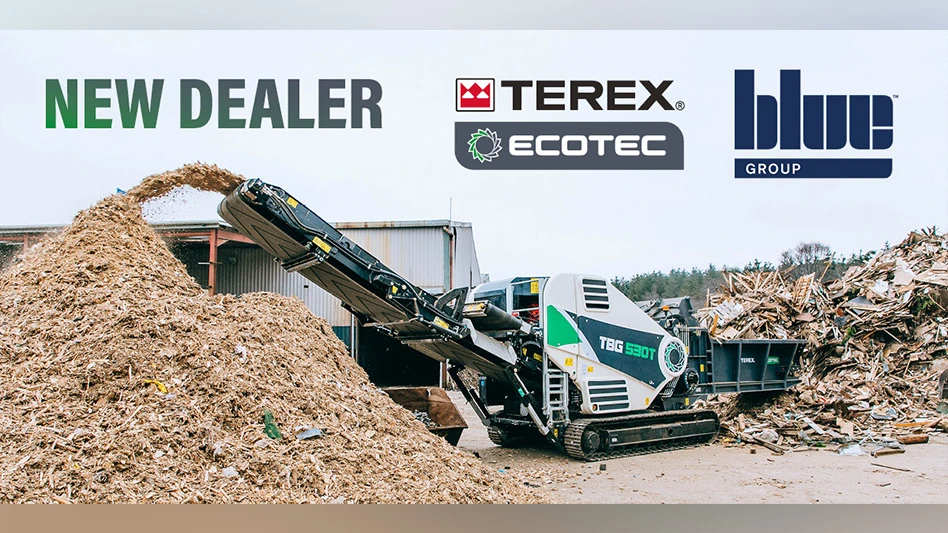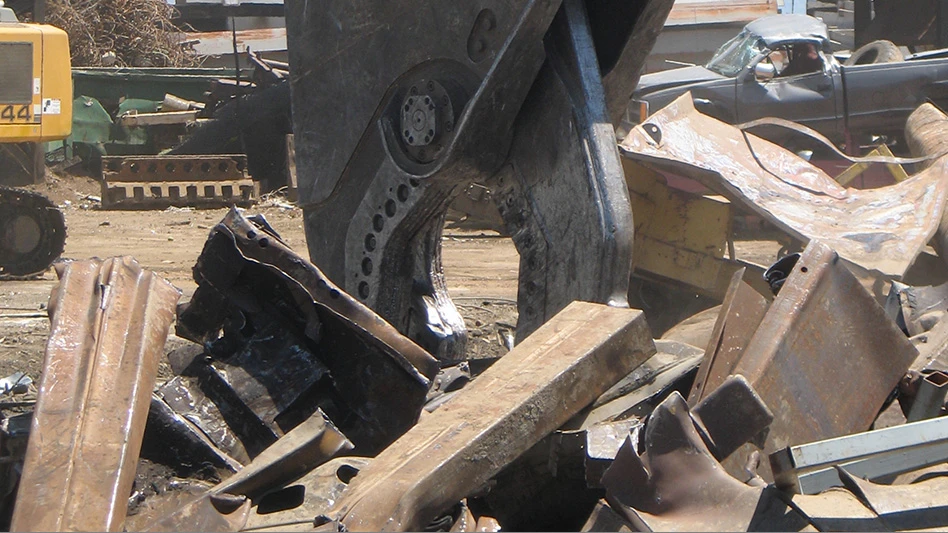Belt magnet – a magnet that is suspended above a belt conveyor or vibrating pan feeder to recover ferrous metals as they pass under the magnet.
Box magnet – a permanent or electromagnet inside a square or rectangular casing.
Concentric Rotor Design – Eddy current separators with the magnet placed in the center of the outer shell (pulley) so that the alternating magnetic field encompasses the whole 360 degrees of the shell.
Crossbelt – perpendicular positioning of a suspended belt magnet across a conveyor.
Eccentric Rotor Design – Eddy current separators with the magnet located off-center so that the magnet only touches on a tangent of the outer shell. Typically adjustable.
Eddy Current Separator – A device for separating nonferrous metals from nonmetallic material that works by creating an alternating magnetic field and moving a non-magnetic metallic particle into this field. An eddy current is created in the particle, producing a magnetic field with a like polarity, and ejecting it from the fixed field generator.
Electro magnet – magnets in which the magnetic field is electrically generated and can be turned on or off, or in some cases varied in strength.
Electrostatic separator – separation technology using the charging and de-charging of particles for separating conductive materials from nonconductive materials, used in applications such as wire chopping.
Ferrous – iron-based metals such as steel.
In-line – positioning of a suspended belt magnet in line over the material trajectory from a belt or pan feeder.
Magnet – A device that is able to attract ferrous metal.
Magnetic – Able to attract ferrous metal. Materials like steel are said to be magnetic since they are attracted to a magnet.
Magnetic drum – a fixed but adjustable magnetic element inside a shell with cleats that independently rotate around the element. The cleats push ferrous material to the edge of the magnet to be discharged.
Magnetic head pulley – can be used in place of normal head pulleys on conveyor systems to create a magnetic separation device. The magnetic element is 360 degrees and the outer belt conveyor strips the ferrous material off at the six o’clock position.
Material burden – the material on the conveyor belt that needs to be sorted.
Nonferrous – non-iron based metals such as aluminum and copper.
Permanent magnet – non-electric magnets in which the magnetic field can never be turned off; i.e., ferrite, alnico and rare earth.
Rare Earth Magnets – magnets made using rare earth materials/elements that are typically up to 10 times stronger than conventional ferrite and alnico magnets.
Splitter – a device used to divide or split separated material streams so they can drop into different zones. Typically adjustable.
Triboelectric Separation – separation of plastic materials based on the ability of a particle to accept a surface electrical charge.

Explore the August 1997 Issue
Check out more from this issue and find your next story to read.
Latest from Recycling Today
- Phoenix Technologies closes Ohio rPET facility
- EPA selects 2 governments in Pennsylvania to receive recycling, waste grants
- NWRA Florida Chapter announces 2025 Legislative Champion Awards
- Goldman Sachs Research: Copper prices to decline in 2026
- Tomra opens London RVM showroom
- Ball Corp. makes European investment
- Harbor Logistics adds business development executive
- Emerald Packaging replaces more than 1M pounds of virgin plastic





